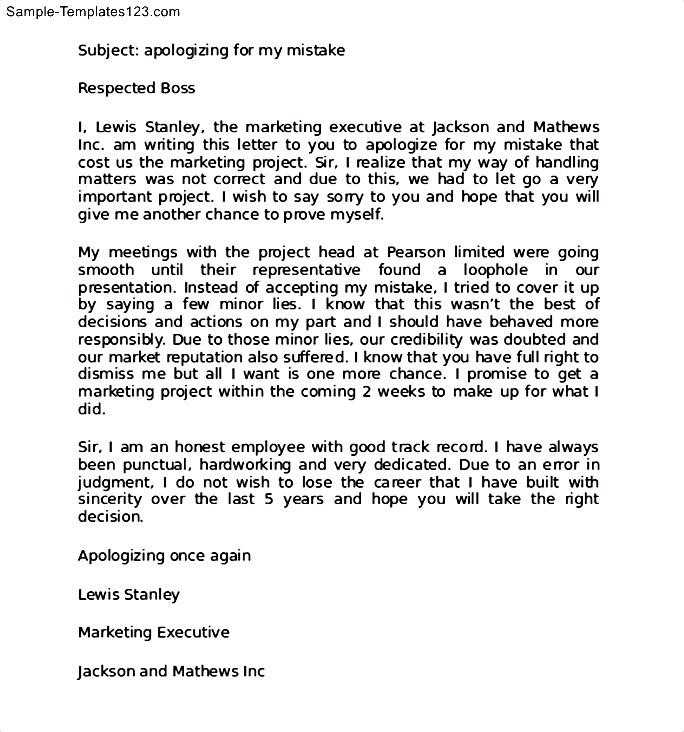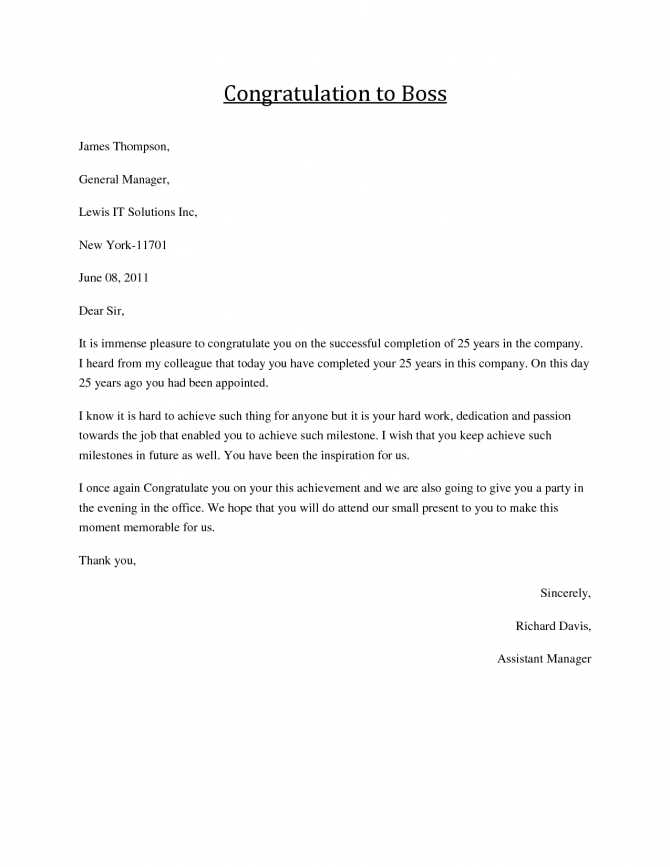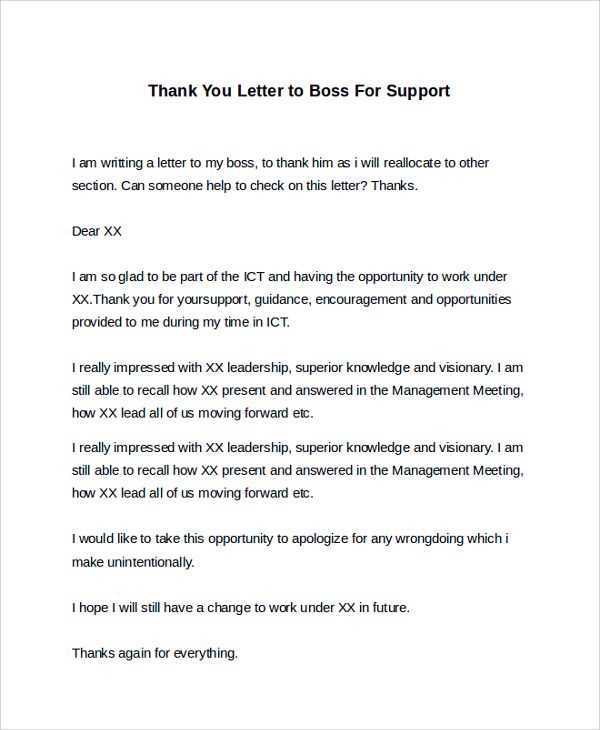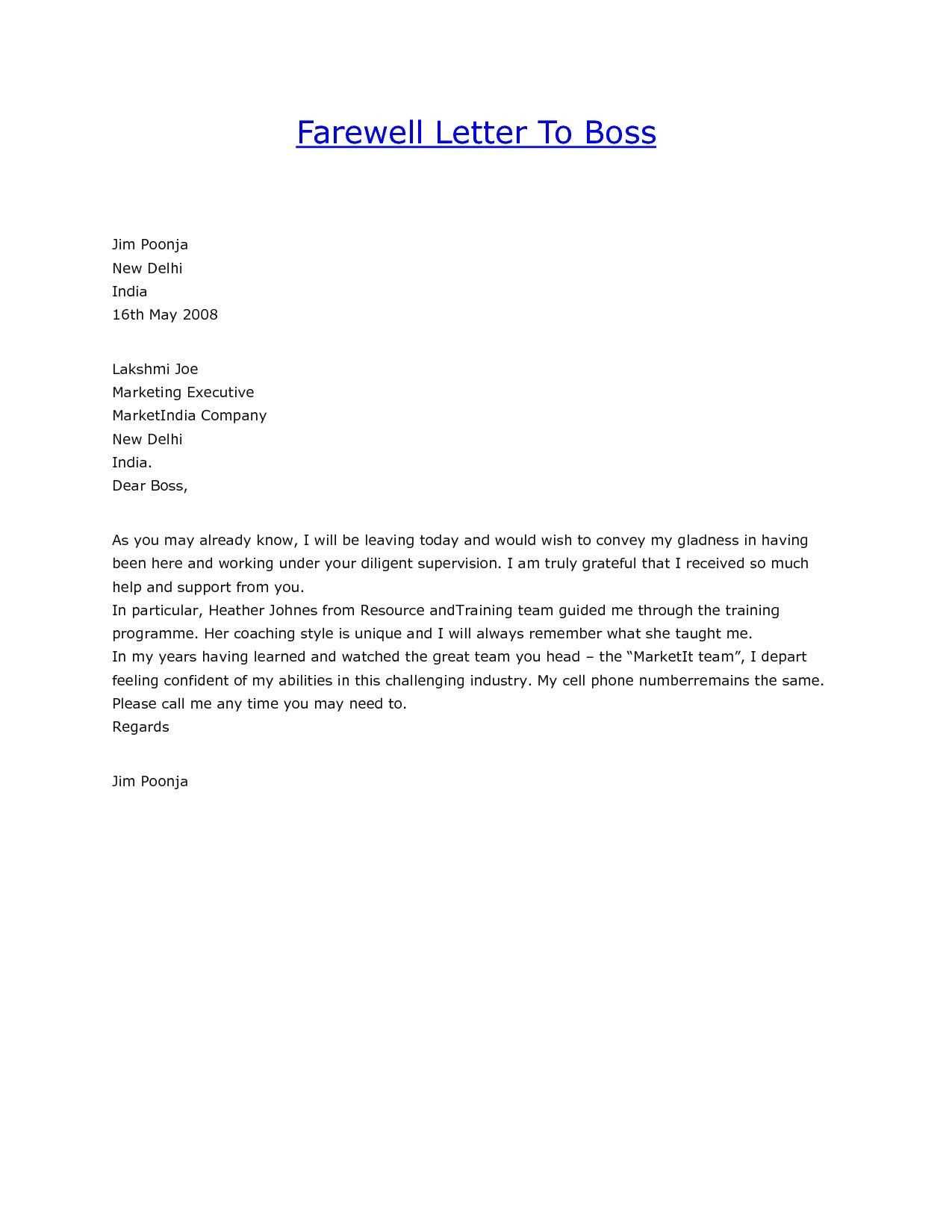Letter to Boss Template for Professional Communication

Writing a professional message to a superior requires a clear structure and respectful tone. The goal is to convey your thoughts concisely and respectfully, ensuring that the recipient understands your intentions while maintaining a positive impression. Understanding the nuances of professional communication can help build strong work relationships.
Key Components of a Professional Message

When crafting a communication for your superior, it’s essential to include several important elements:
- Clear Purpose: Be direct and concise about why you’re reaching out.
- Respectful Tone: Maintain a polite and professional attitude throughout.
- Proper Structure: Organize your message logically with an introduction, body, and conclusion.
- Relevant Details: Include only necessary information to avoid confusion or overload.
Choosing the Right Format
Depending on the context, you may need to adjust the format of your message. A more formal approach is often best when addressing a higher-ranking individual, while a less formal style may be acceptable for peers or immediate supervisors.
When to Use Written Communication
Written correspondence is useful for providing updates, making requests, or addressing concerns. It’s often preferred over verbal communication when you need to leave a record of the exchange or when the matter requires careful consideration.
Common Mistakes to Avoid
To ensure your message is well-received, avoid these common errors:
- Overly Casual Tone: While it’s important to be approachable, avoid being too informal.
- Vagueness: Be specific with your requests and details to prevent miscommunication.
- Lengthy Explanations: Keep your message brief and to the point.
- Lack of Clarity: Avoid using jargon or overly complex language that may confuse the reader.
Formatting Tips

Proper formatting makes your message easier to read and understand. Use paragraphs to separate ideas, and ensure the font is legible. Consider breaking long sections into shorter blocks to maintain readability.
Examples of Different Scenarios
Each situation may require a slightly different approach. Here are a few examples:
- Request for time off: Keep the request simple and provide clear dates.
- Update on a project: Focus on key achievements or challenges, using bullet points if necessary.
- Sharing feedback: Be constructive and offer solutions or suggestions for improvement.
How to Write a Message to Your Superior

Crafting a professional communication for a higher-ranking individual requires careful attention to detail, tone, and structure. The message should be clear, concise, and respectful, reflecting your intent and maintaining a positive relationship. Understanding the key components of effective correspondence will help ensure your message is well-received.
Key Components of a Professional Note
A well-written message to a superior includes the following essential elements:
- Purpose: Clearly state the reason for your message, whether it’s a request, update, or information sharing.
- Respectful Tone: Always maintain a polite and formal tone to show professionalism.
- Structure: Organize your message with a clear introduction, body, and conclusion to ensure logical flow.
- Relevant Information: Focus on the most important details to avoid overwhelming the reader.
Common Errors to Avoid in Correspondence
To avoid making a poor impression, here are some common mistakes to steer clear of:
- Being Too Casual: Avoid overly informal language, especially if the situation calls for formality.
- Being Vague: Provide specific details to ensure there’s no confusion.
- Lengthy Explanations: Keep your message to the point; long-winded communication can dilute your key message.
- Lack of Clarity: Avoid using complicated language or jargon that may confuse the reader.
When to Choose Written Communication Over Email
Written messages are often preferred over email when you need to maintain a formal tone or when the content of the message requires careful wording. A physical note may be more appropriate in some situations, especially for important matters that need to be recorded. For instance, requests for time off, project updates, or formal feedback may be better suited for a more structured, formal format.
Tips for Keeping a Respectful Tone
When addressing a higher-ranking individual, it’s important to keep a tone of respect. This includes using polite language, avoiding any negative expressions, and acknowledging the individual’s authority. Using appropriate greetings and closings also helps in setting the right tone.
Examples of Various Formats
Depending on the context, the structure of your message may vary. Here are some examples:
- Request: A brief and direct approach, stating the purpose of the request clearly and providing necessary details.
- Update: A clear summary of progress or status with key points highlighted for easy reference.
- Feedback: Constructive feedback that focuses on solutions and improvements rather than criticism.
How to Structure Your Message Correctly
Begin with a formal greeting, followed by the body of your message, which should be concise yet informative. End with a professional closing, thanking the recipient for their time and consideration. Ensure that each section of your message is logically organized to facilitate easy reading and understanding.